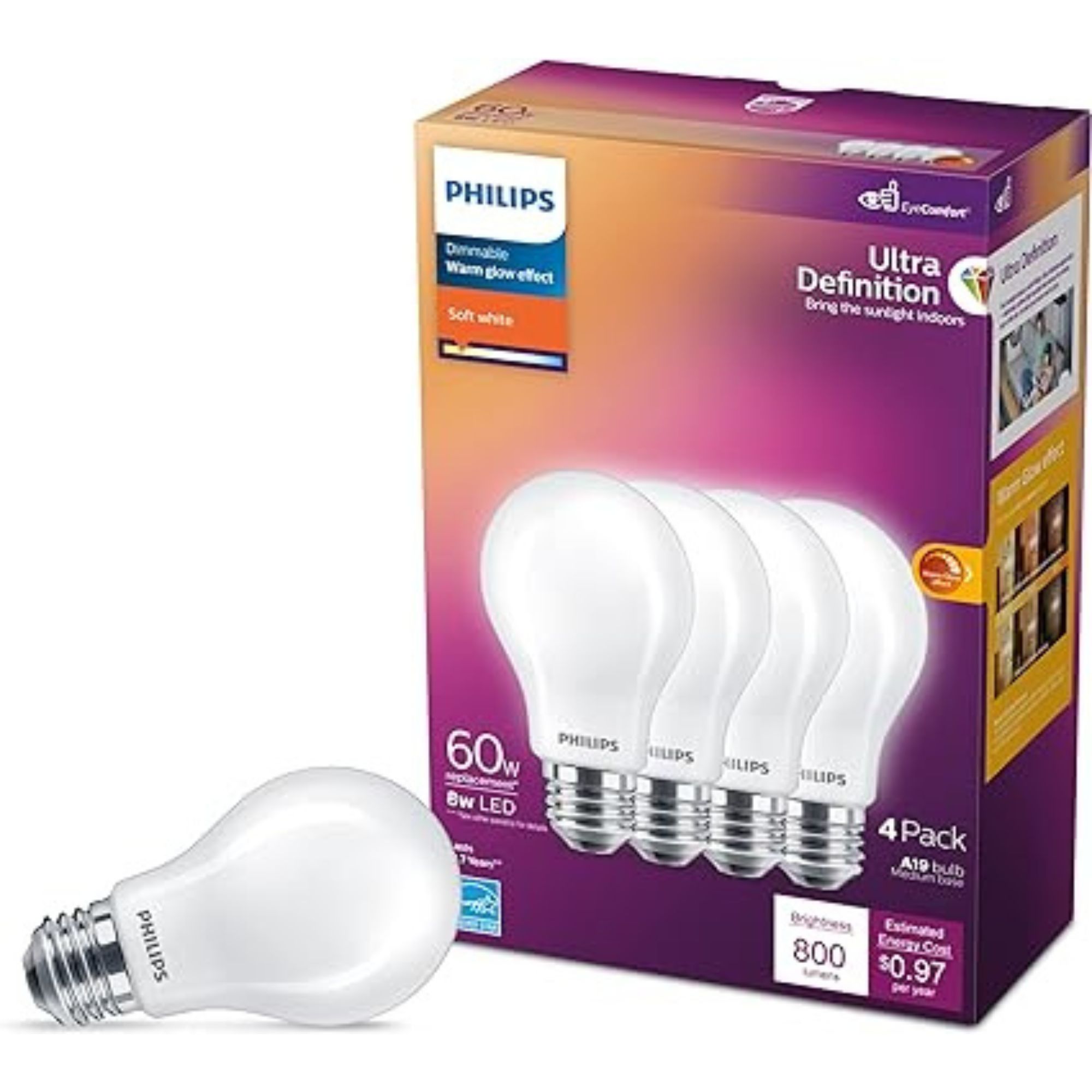9 common reasons why your light is flickering – and how to fix it
Whether you can fix your flickering light with some simple DIY or are better off calling in a pro, being able to diagnose the issue and understanding the solution can be a lifesaver
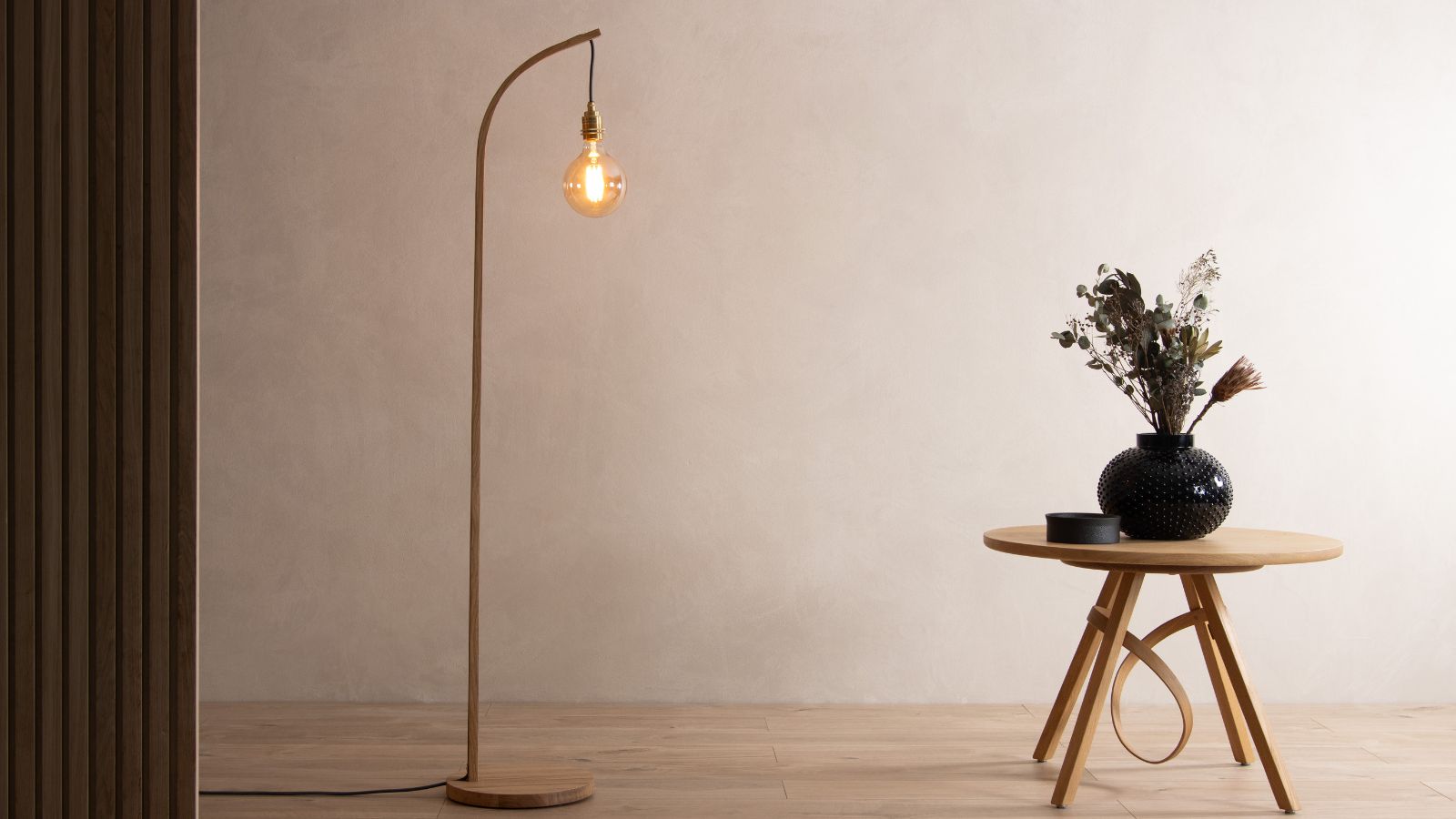

Flickering lights are a nuisance, but not only are they an atmosphere killer, they can also be indicative of more significant electrical issues, and so are not something to be ignored.
There is nothing more headache-inducing and frankly irritating than when your lighting ideas are undermined by a flickering bulb. Luckily, it is usually easy to diagnose the issue and find a suitable fix.
Often the biggest challenge in fixing a flickering light will be working out how to change a lightbulb above the stairs, however, some issues are a bit more complicated to resolve than that and will likely require you to call in an expert. To make it easier for you to find the solution to your light-flickering nightmare, we've divided up the solutions you can do yourself, and those experts say you shouldn't DIY and are best left to the professionals.
Why your light is flickering, and how to fix it
'Flickering lights may indicate underlying electrical issues that, if neglected, could escalate into more severe problems. While the cause could be as straightforward as a loose bulb or fluctuations in the power supply, it's crucial to consider more concerning possibilities,' advises Amber Mundy, a home improvement specialist at Build and Renovate.
'Loose wiring, a common culprit, can often be rectified easily. However, these electrical irregularities could potentially lead to significant hazards. What may start as a minor inconvenience could evolve into hazardous situations such as electrical fires or electric shocks.
'Therefore, taking prompt action is imperative when dealing with flickering lights, as they signal a critical safety concern within your home.'
Issues you can fix yourself
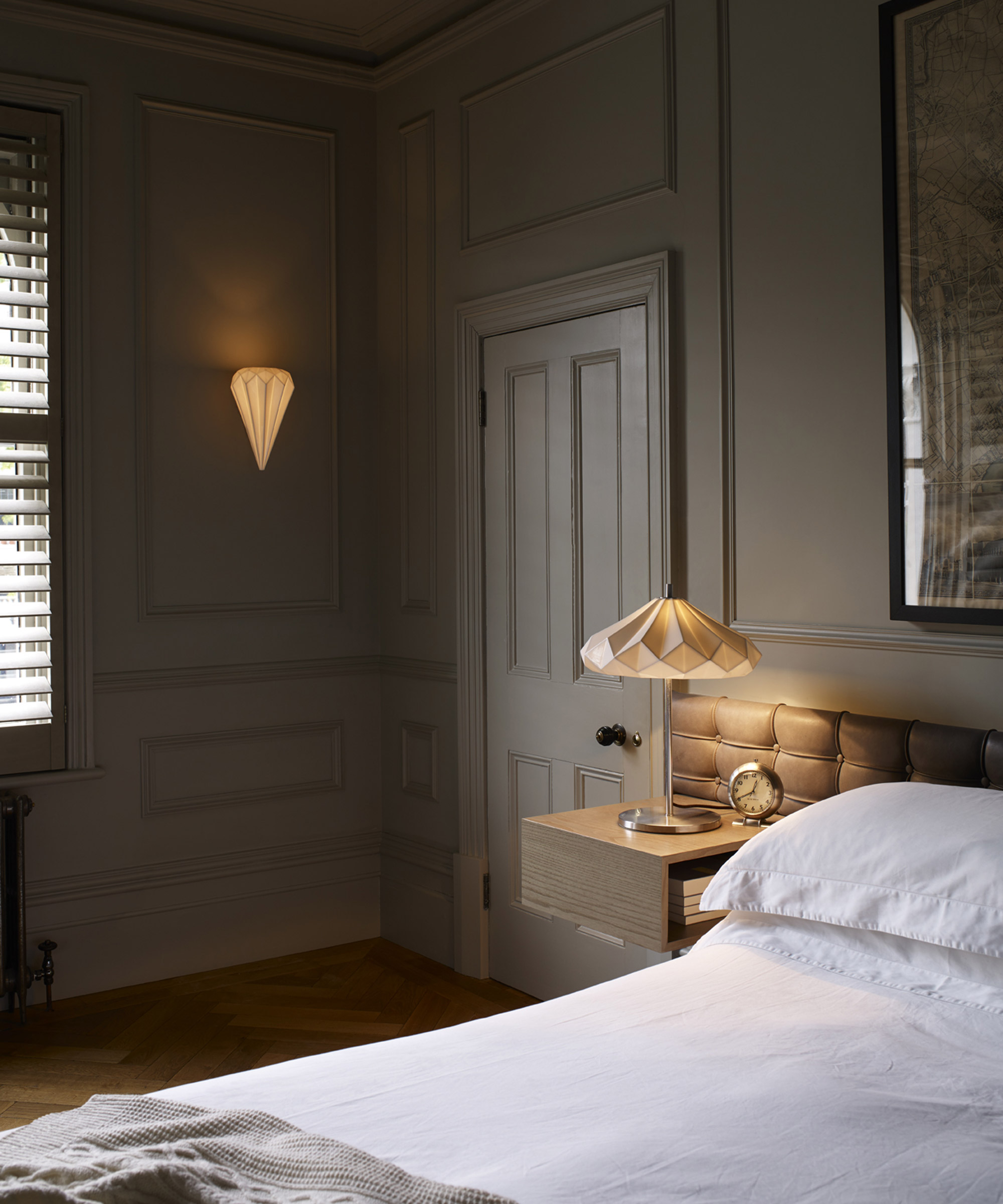
There are a couple of reasons why your light might be flickering, and some are easier to fix than others. Here are the most common culprits that you can fix with some simple DIY.
1. A loose connection
The cause: 'A loose light bulb can often be the root of occasional flickering, especially when using a specific light or when a major appliance starts up,' explains Amber Mundy. 'When a light bulb is not securely fitted in its socket, it will receive irregular power, resulting in flickering.'
How to fix it: Turn off the light and let the bulb cool down before handling it. Ensure it is screwed in tightly, and if this doesn't work, check that it matches the recommended type for the fixture, as this may be what is causing the issue.
If tightening the bulb does not solve the problem and one light continues to flicker, the issue may be a loose wire or connection in the light fixture. This could cause a short, which would cause a power surge and trip the breaker, creating a fire hazard. It is important that you call a professional electrician. An electrician will check the device to make sure the plug is not broken.
2. Incompatible light bulb or dimmer
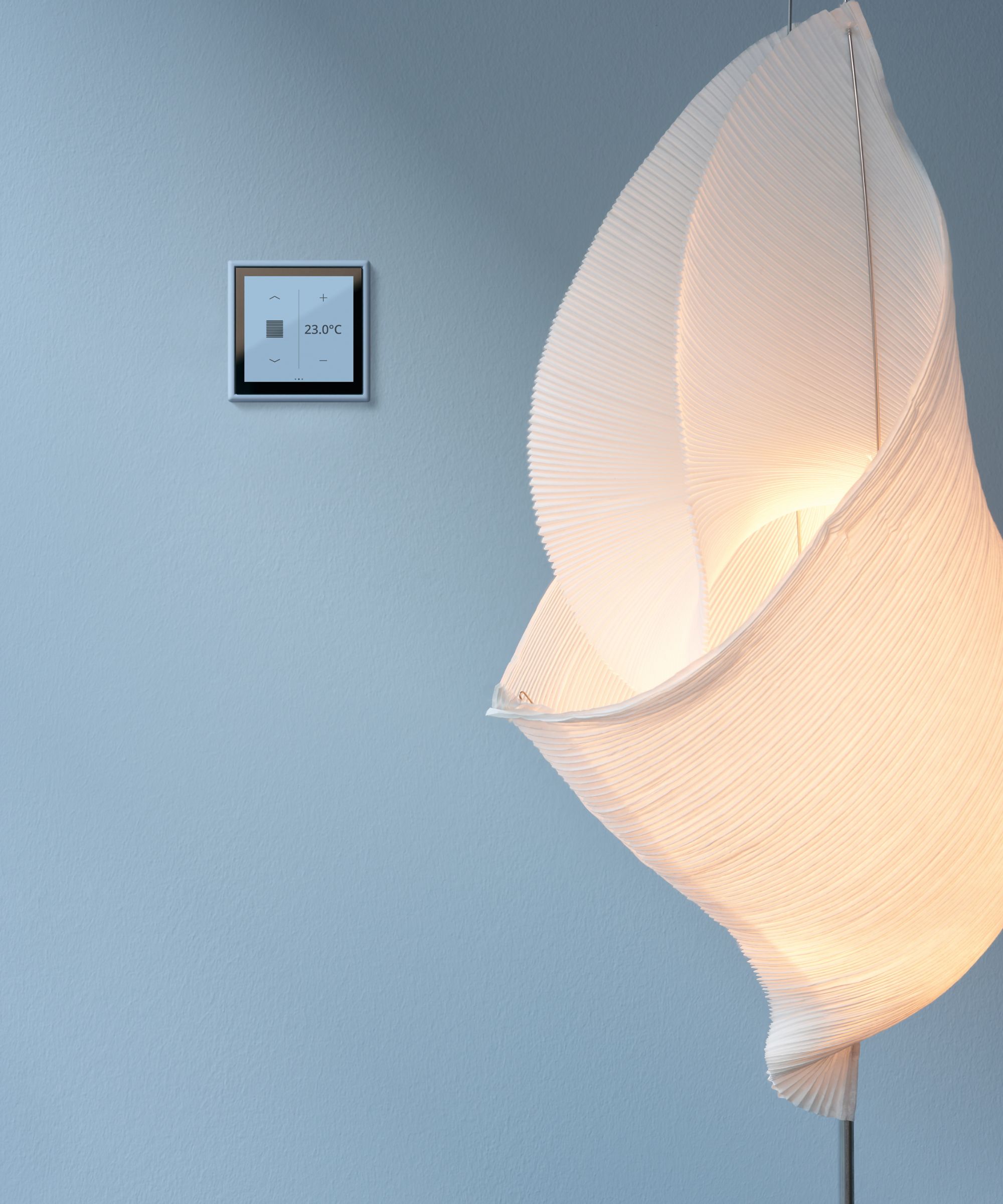
The cause: If you have dimmer switches installed, they may not be compatible with certain types of light bulbs. If you're using a dimmer switch with a bulb that isn't dimmable, it can cause flickering.
How to fix it: Check the description on the box or details within the product descriptions or consult a dimmer switch compatibility chart to ensure they're compatible when purchasing new bulbs. If you're using a dimmer switch with an LED bulb, check for compatibility. If they're incompatible, you must replace the bulb with a dimmable one.
However, if the bulb is dimmable, an electrician may need to replace the dimmer switch. Older dimmer switches were designed for incandescent bulbs and supply higher voltage, making them unsuitable for low-voltage LED lights. Incompatible dimmer switches can also cause LED bulbs to burn out more quickly. If this is the case, you should choose the right electrical wall switch for the function and bulb you want.
3. A faulty bulb
The cause: 'Sometimes, the issue lies with the bulbs themselves. If they're old or defective, they may flicker as they lose connection or fail to maintain a steady current,' explains Adam Nelson, a master electrician and owner of Young Cardinal Electric.
Solution: It's as simple as replacing the bulb!
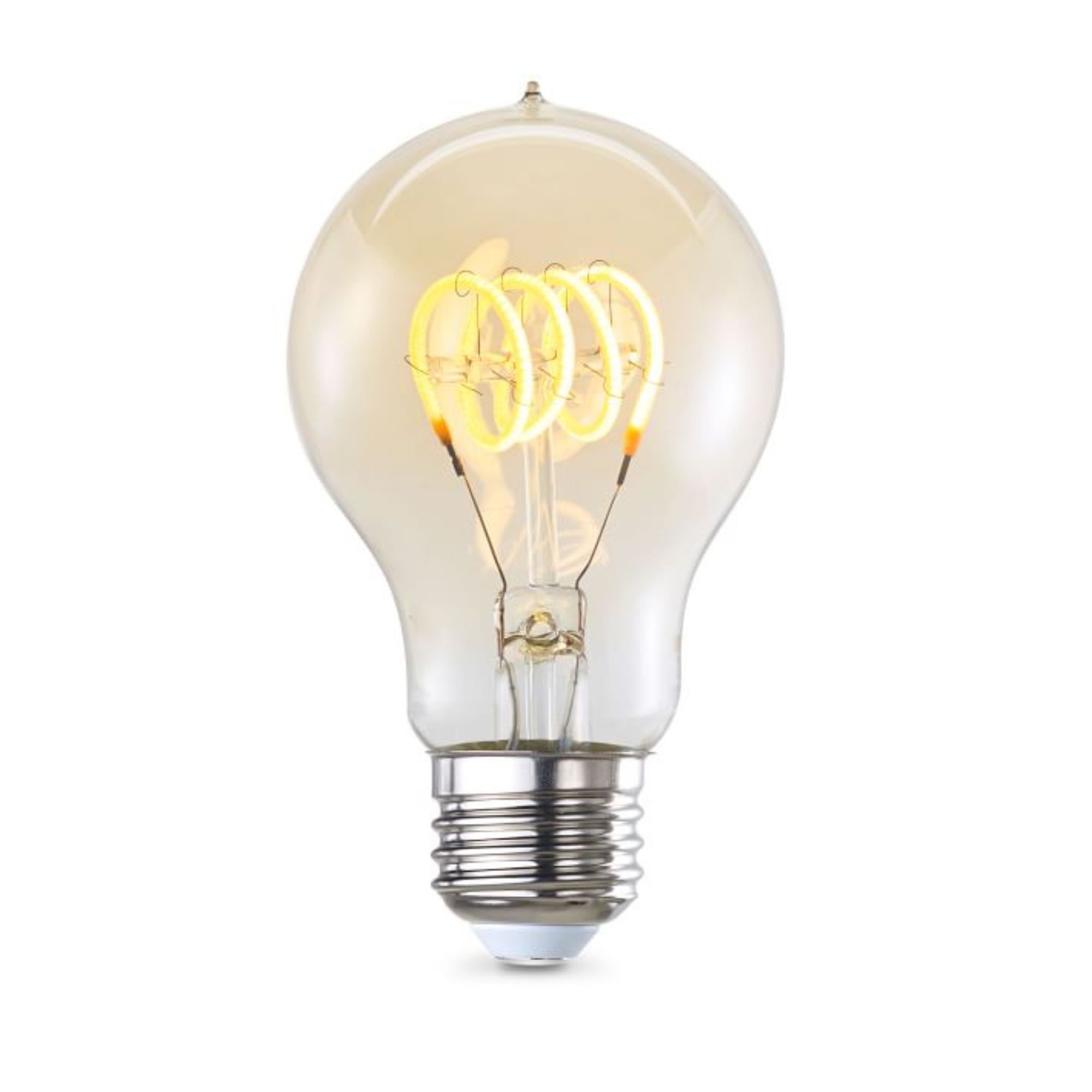
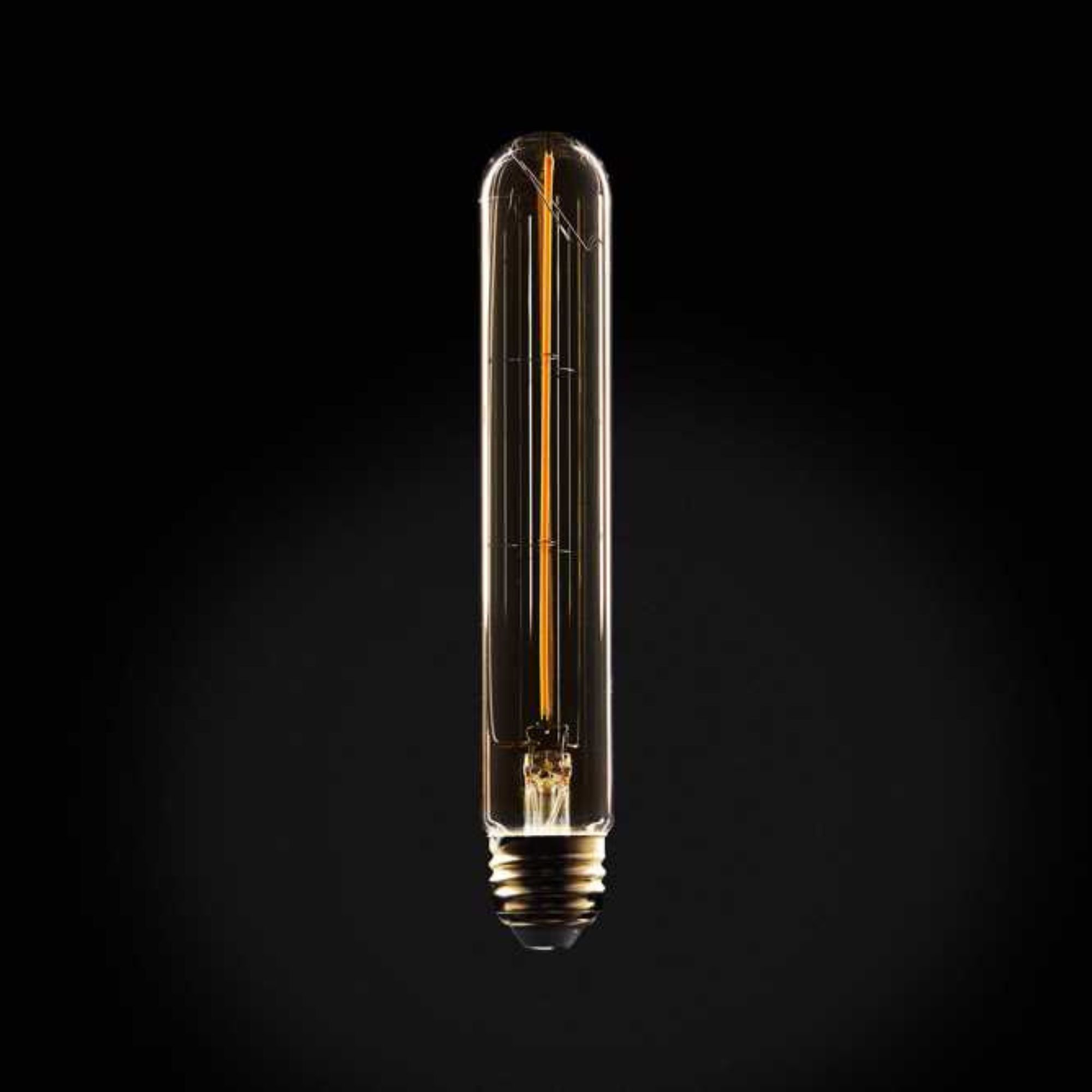
4. Failing switch
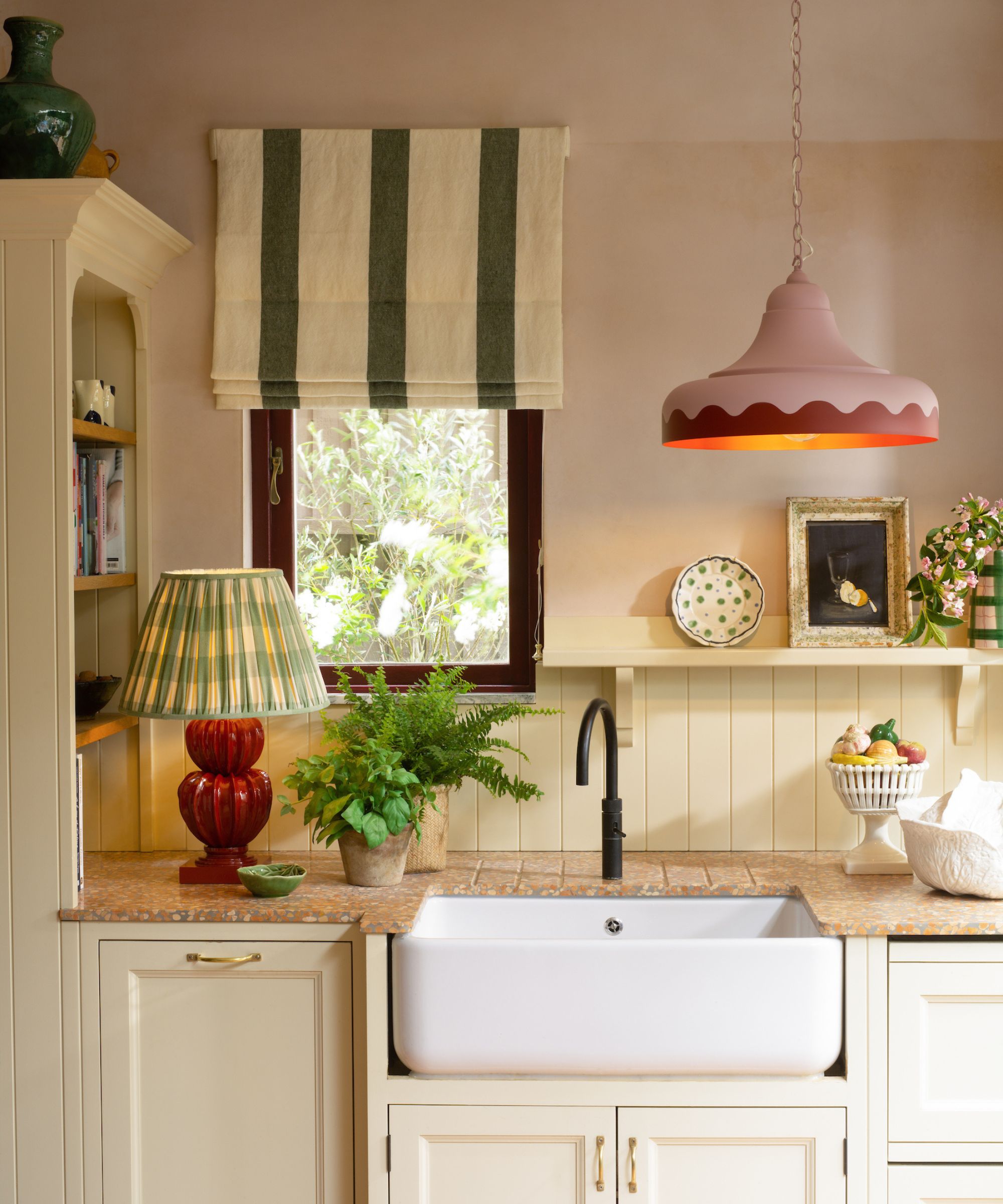
The cause: Over time, the metal connections on a light switch can deteriorate, or the switch itself may be faulty from the start, resulting in poor or no connection.
How to fix it: Replace the light switch and test its functionality. You can try swapping the switch with one from another room to determine if it resolves the flickering in the affected room.
5. Type of bulb
The cause: 'The flickering or blinking lights could be due to the type of bulb you are using,' explains Amber Mundy. 'A fluorescent bulb, for instance, tends to flicker when warming up.'
How to fix it: If the type of light you've chosen occasionally flickers and takes a while to warm up, this may not be an issue worth fixing, but if your fluorescent lights are constantly dimming or flickering, you will have to replace the bulb or tube. If this flickering continues after this, you may have a bad ballast in the light fixture, which will need fixing.
Issues only a licensed electrician should handle
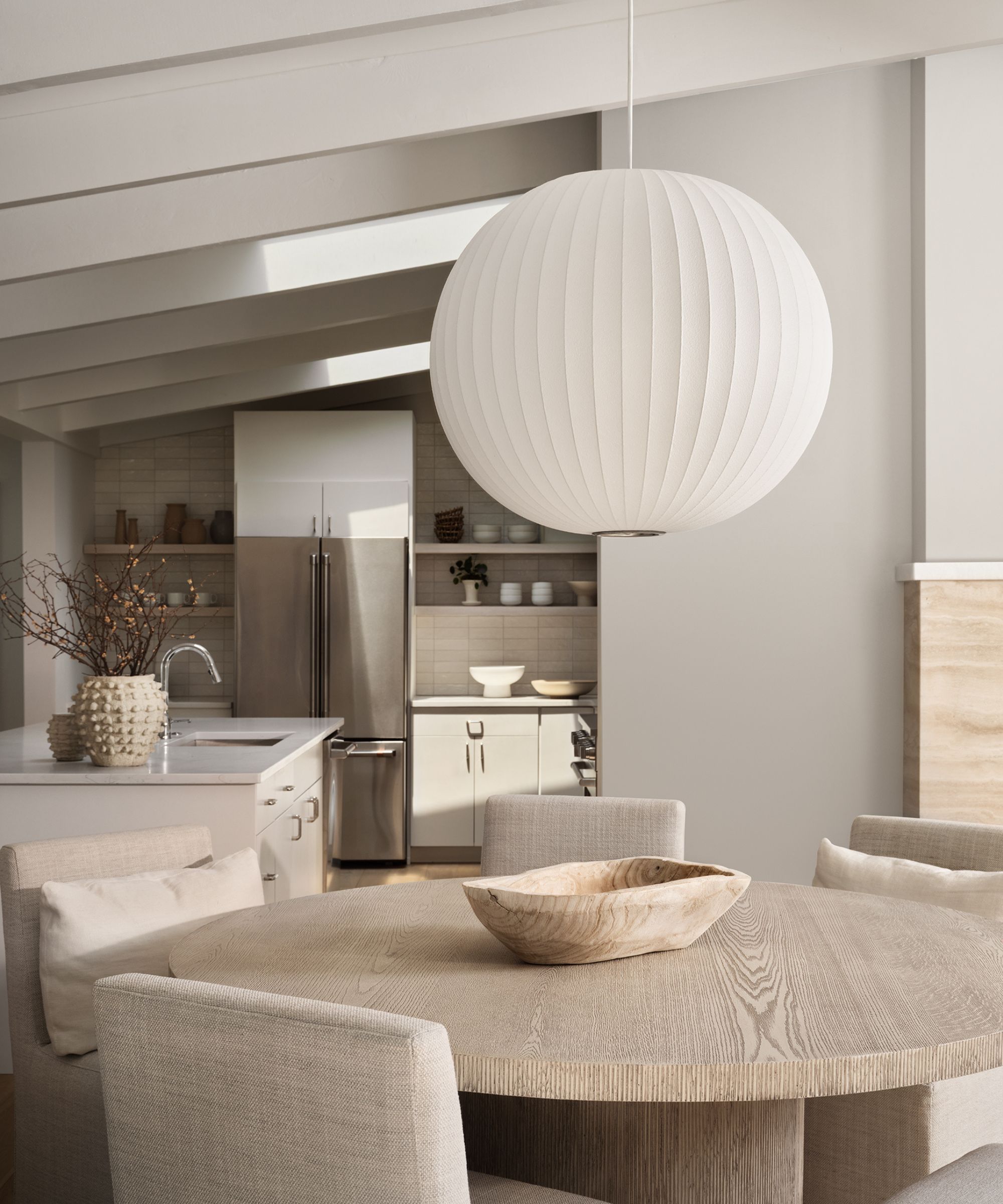
Whether you are a keen DIYer or not, these issues should only be handled by a licensed and insured electrician, since if they are incorrectly handled, they can pose a health hazard or exacerbate electrical issues.
1. Electrical overload
The cause: If flickering happens when you turn on a large appliance or you have too many appliances or devices running on the same circuit, it could be an overloaded circuit.
How to fix it: 'This is more common in older homes where the electrical system isn't equipped to handle modern demands. Try unplugging some appliances from the same circuit and see if the flickering stops. If it does, you'll need to have an electrician take a look at your wiring to see if additional circuits need to be installed.
2. Electrical wiring issues
The cause: 'Faulty or old wiring can lead to flickering lights. Over time, wiring can degrade or become damaged, causing disruptions in the electrical flow,' explains Adam Nelson.
How to fix it: Loose wiring within the light fixture or switch can also cause flickering lights. This is a more serious issue that should be addressed by a qualified electrician, as loose wiring can pose a fire hazard.
3. Power grid fluctuations
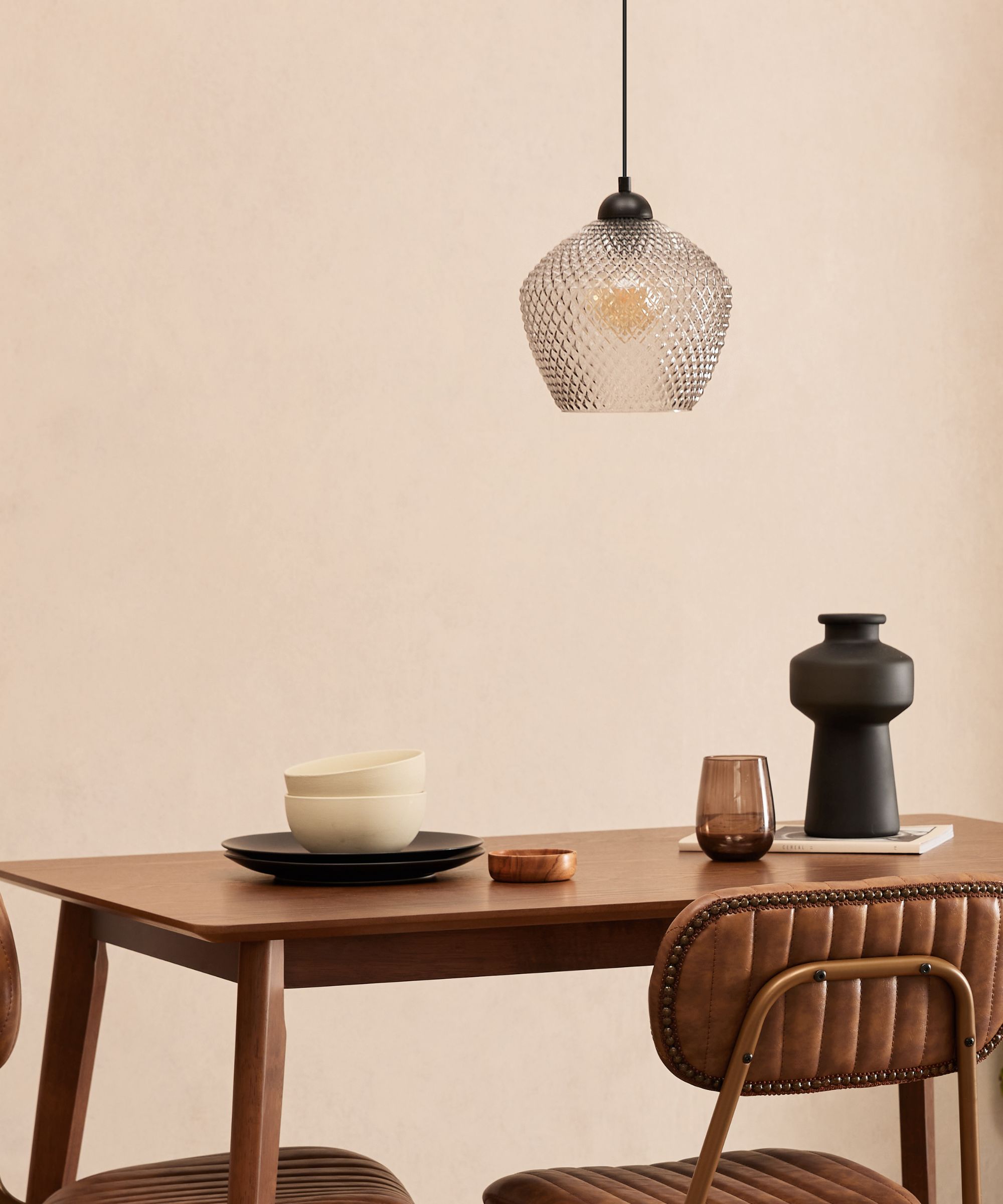
The cause: 'Fluctuations in voltage from your utility provider can cause lights to flicker,' explains Adam Nelson. 'This is often due to problems with the power grid.'
How to fix it: You can get in contact with your utility provider to check if it is a problem on their end or yours, which will inform you whether you need to call in professional help or not.
4. A bad socket
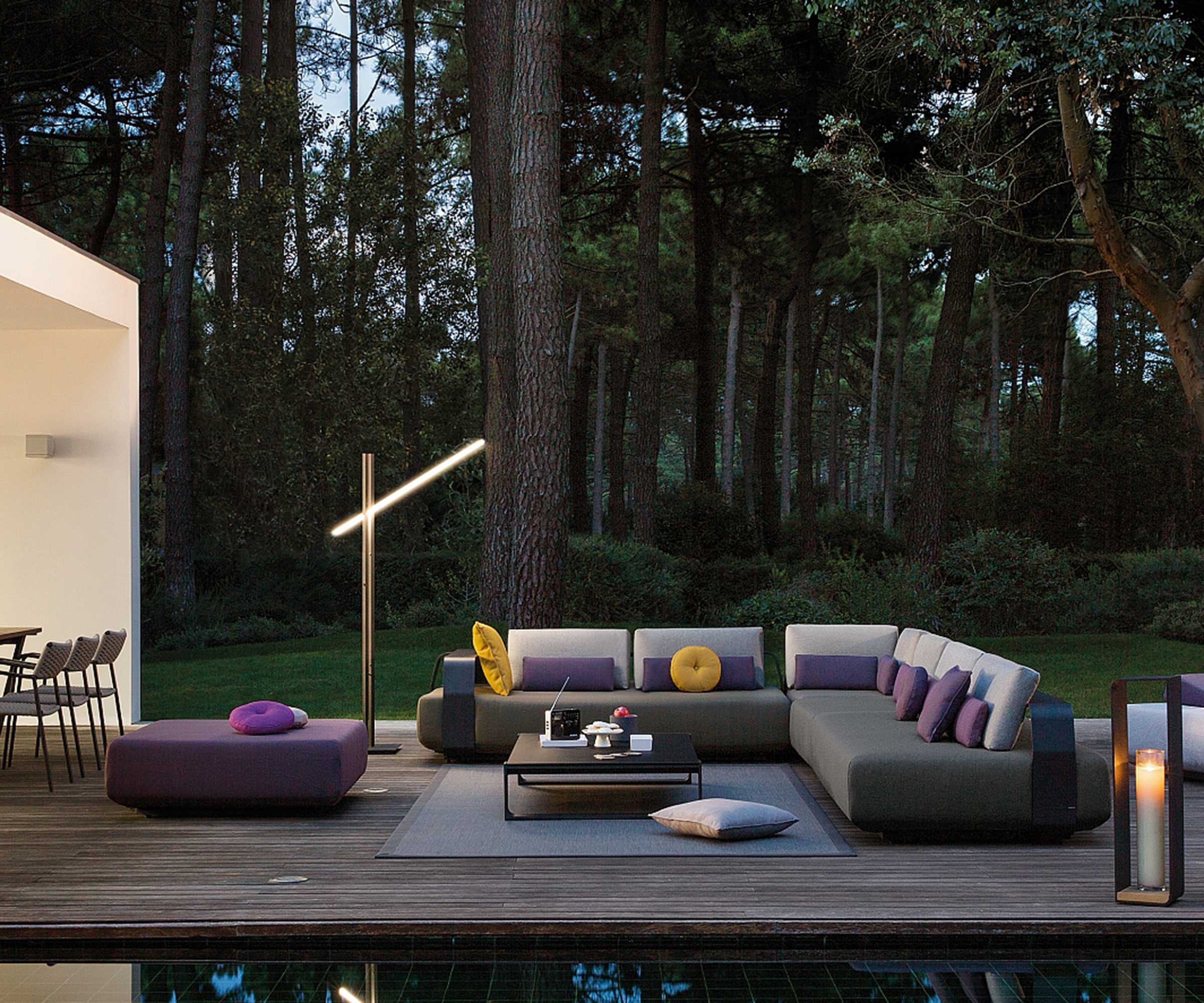
The cause: 'Light bulb sockets have contact points in two areas, which can corrode over time, particularly in outdoor fixtures,' warns Amber Mundy. 'If they degrade over time or encounter other issues, the light bulb may not function correctly, leading to flickering.
How to fix it: Turn off the switch to cut power, then inspect the socket to ensure it's in good condition. If not, it likely requires replacement.
If the flickering persists despite troubleshooting, especially if it seems to be affecting multiple lights or happening when you turn on appliances, then it's best to call a qualified electrician to diagnose the problem.
Sign up to the Homes & Gardens newsletter
Design expertise in your inbox – from inspiring decorating ideas and beautiful celebrity homes to practical gardening advice and shopping round-ups.

Lola Houlton is a news writer for Homes & Gardens. She has been writing content for Future PLC for the past six years, in particular Homes & Gardens, Real Homes and GardeningEtc. She writes on a broad range of subjects, including practical household advice, recipe articles, and product reviews, working closely with experts in their fields to cover everything from heating to home organization through to house plants. Lola is a graduate, who completed her degree in Psychology at the University of Sussex. She has also spent some time working at the BBC.
-
 How to grow astilbe – expert advice on cultivating this shade-tolerant flowering perennial
How to grow astilbe – expert advice on cultivating this shade-tolerant flowering perennialShade-tolerant and pest-resistant - astilbe are hardy and tough perennials that can thrive in many settings
By Ellen Wells Published
-
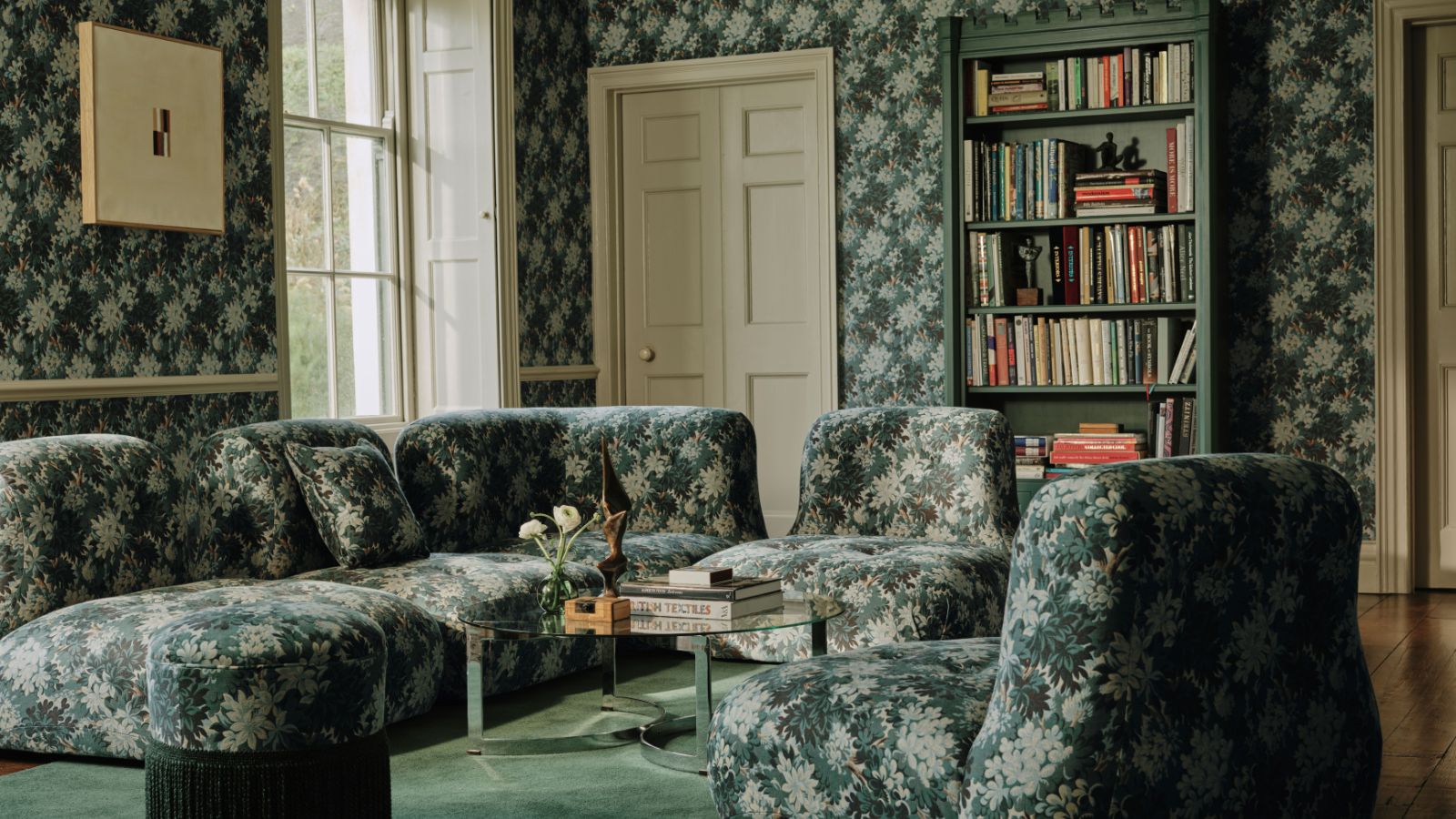 Vintage prints are making a comeback – designers say to look out for these 5 nostalgic patterns this year
Vintage prints are making a comeback – designers say to look out for these 5 nostalgic patterns this yearThese vintage-style patterns are all the rage right now, and we spoke with design experts to learn how best to style them in the home
By Eleanor Richardson Published
